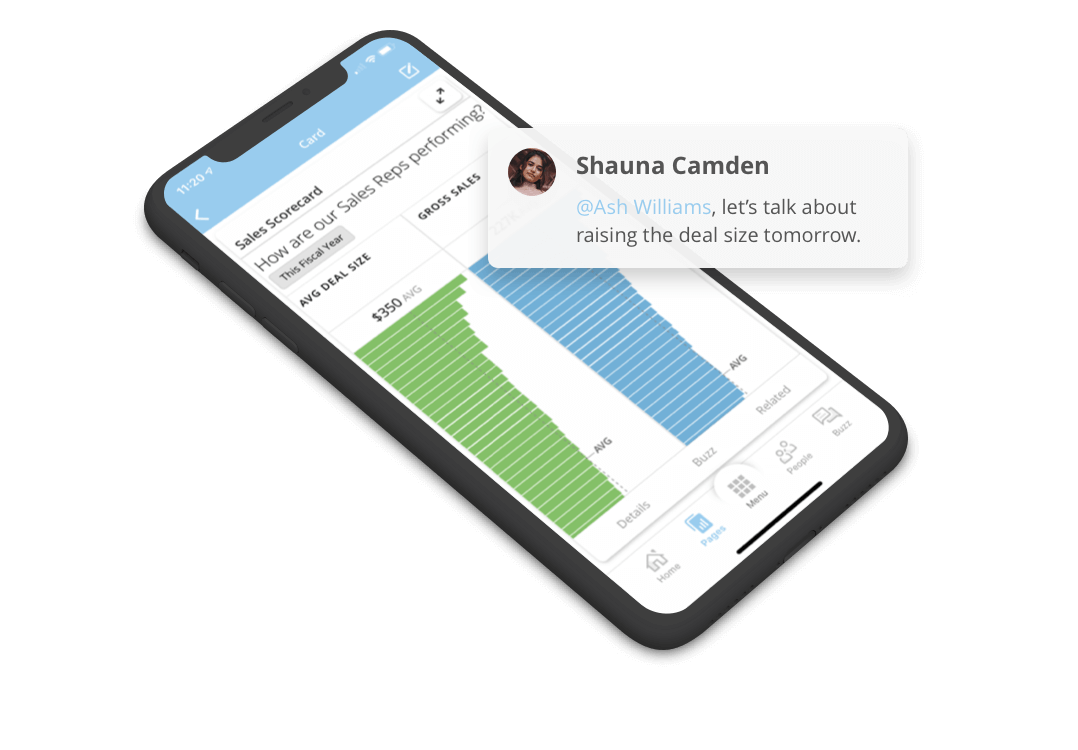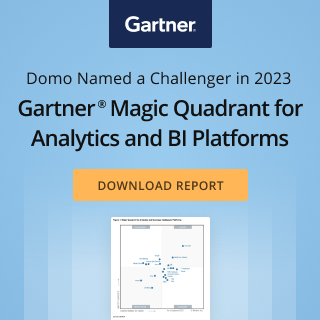Using business intelligence to facilitate data collaboration
Data is at the heart of every business. It’s what helps organizations understand their customers, make better decisions, and stay ahead of the competition. However, data can be difficult to manage and use effectively without the right tools. That’s where business intelligence (BI) comes in. BI tools help companies make sense of their data, collaborate more effectively across departments, and create actionable insights quickly and easily. In this blog post, we’ll discuss how BI can help your business become more data-driven.

What is BI and what are its benefits for data collaboration projects?
One of the biggest benefits of using BI tools is that they facilitate data collaboration across departments. With a BI tool, different teams can easily access and share data, which helps them work more effectively together. For example, marketing can easily collaborate with sales by sharing customer data and insights. This type of collaboration would be much more difficult without a BI tool.
Another benefit of using BI is that it enables companies to quickly create actionable insights from their data. By analyzing data in real-time, businesses can make better decisions and respond to changes in the market faster than ever before. Additionally, BI makes it easy for managers to track key performance indicators (KPIs) and see how the company is performing overall. This information is essential for effective collaboration among departments and teams. When the business has access to real-time data, they can more quickly collaborate to make the best decisions.
How can BI be used to improve data collaboration across different departments or teams in an organization?
BI tools are excellent for collaboration because they can provide a wide variety of access to employees of all levels—whether they be individual contributors or executives. BI platforms are built in the cloud, making it easy to log in and access the data just about anywhere. In today’s work environment where remote work is common and team collaboration is essential, a BI tool can help facilitate data collaboration.
BI is also built so that data processes can be modified and updated as needed. Whether it’s a data pipeline or a dashboard for the executive team, multiple individuals can collaborate in real-time. Access can be shared or restricted according to the unique use case of the business.
How can BI be used to improve data collaboration across different departments or teams in an organization?
BI tools are excellent for collaboration because they can provide a wide variety of access to employees of all levels—whether they be individual contributors or executives. BI platforms are built in the cloud, making it easy to log in and access the data just about anywhere. In today’s work environment where remote work is common and team collaboration is essential, a BI tool can help facilitate data collaboration.
BI is also built so that data processes can be modified and updated as needed. Whether it’s a data pipeline or a dashboard for the executive team, multiple individuals can collaborate in real-time. Access can be shared or restricted according to the unique use case of the business.
What are some best practices for implementing BI into data collaboration projects?
When implementing a BI tool within your organization, there are several best practices that should be followed in order to promote data collaboration.
Allow access to all users
For proper collaboration, the BI tool should be shared with the entire organization—not just key departments or managers. Business users are naturally curious about their data; they want to have the freedom to explore it and find insights on their own. BI tools are built for the end-user in mind, meaning they are very intuitive and easy to get started with. By allowing full access across the organization, employees can effectively collaborate with the various data projects they are working on.
Develop a data governance strategy
A critical aspect of data collaboration is the ability to restrict access to data when necessary. Sensitive data needs to be handled with extreme care, with only certain users having access. This practice is called data governance.
Identifying a proper data governance strategy can ensure effective and safe data collaboration across the organization. BI tools have built-in data governance capabilities that make the process very simple. Tools such as sharing settings, user access roles, and row-level security can ensure that your data is properly governed and protected within a BI tool.
Conduct regular training sessions
It’s also important to regularly train your organization on how to effectively use a BI tool. When users are nervous or uncertain about how to use a tool, they are less likely to collaborate with it.
Modern BI tools are also very intuitive and user-friendly, meaning they will require less training for your end-users. No matter the skill level, any employee can work with and collaborate on data with a BI tool in a matter of minutes.

Are there any potential risks associated with using BI for data collaboration projects?
BI tools, when used effectively, are an excellent tool for data collaboration. An important risk to highlight is the widespread adoption of the BI tool across the organization.
Change can be scary, and oftentimes, people may want to initially reject new initiatives. The biggest challenge with data collaboration is transforming your company culture to be more data-minded. This cannot be accomplished overnight and will require effort from management and key stakeholders, such as executives and IT teams.
In order to mitigate these risks, it’s important to identify a champion who can lead the implementation of the BI tool and encourage data collaboration. This person should be willing to work cross-functionally with different departments, so as to understand their unique challenges when it comes to BI. Management should also foster an open and collaborative culture within the organization.
What are the future trends for BI in relation to data collaboration?
BI tools continue to evolve and develop new capabilities for enhancing data collaboration. As data continues to become more important for modern business, we will continue to see advancements in data collaboration.
A recent advancement in BI is the development of a sandbox environment that can be used for testing and collaboration. With any organization, ensuring that the data is complete and accurate is extremely important when making business decisions. A sandbox environment can help mitigate this risk by creating a “playground” where developers can test out new things and collaborate with coworkers. Since the sandbox is not exposed to end-users, this minimizes the risk of displaying inaccurate or incomplete data.
Conclusion
The bottom line is that BI can help your business become more data-driven. By giving you the tools you need to make sense of your data, collaborate more effectively across departments, and create actionable insights quickly and easily, BI can help take your business to the next level. So ask yourself how BI can enhance data collaboration within your organization. As you consider these questions, you will begin to realize just how important your business data really is. A BI tool may be the perfect solution to help your business collaborate more effectively.
